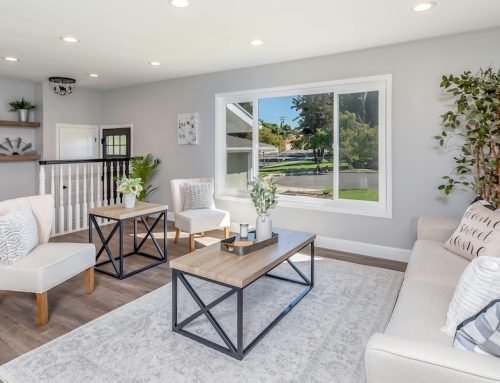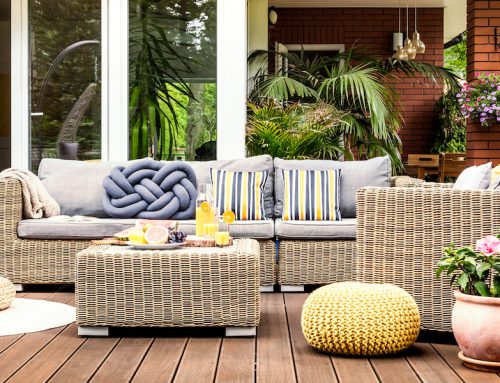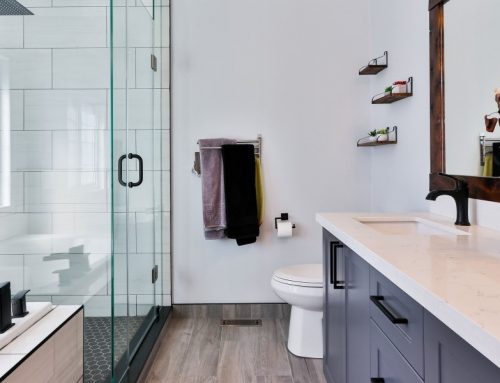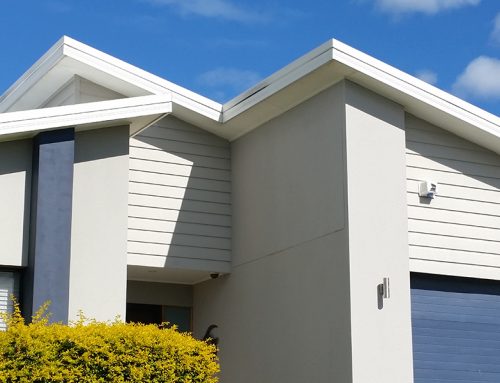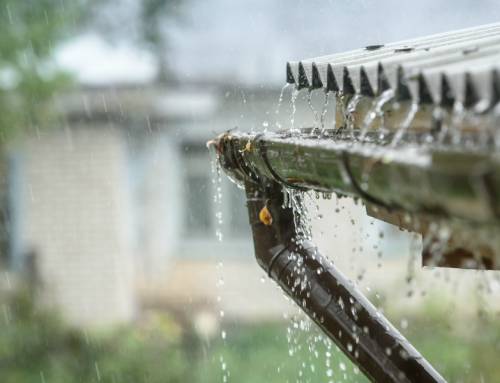I
f you’re planning to add a new deck to your home, this is a great time to compare the best decking materials available in New Zealand and how they stack up against each other.
Done well, a deck can improve your indoor-outdoor flow, create the perfect space for entertaining and will make for a great showpiece for years to come (with the right upkeep).
But with plenty of decking options to choose from, which materials will give you that flawless, long-lasting deck you see in magazines?
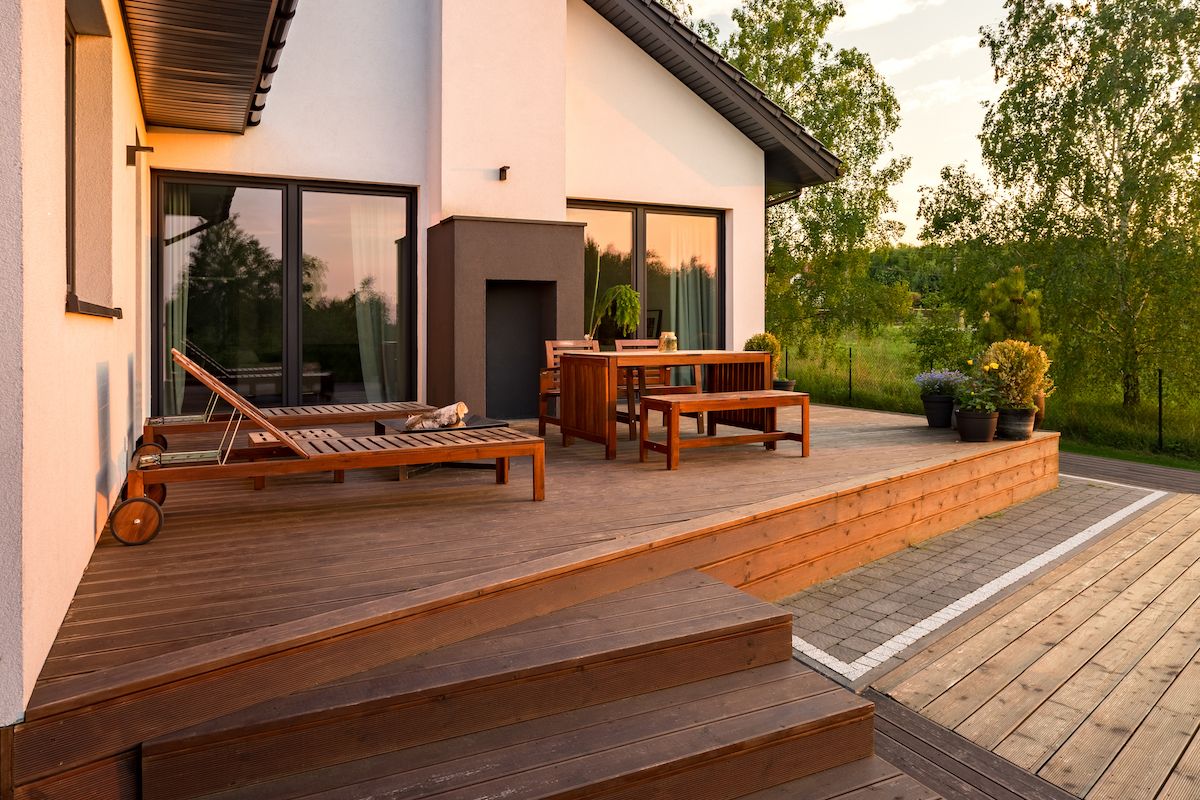
The star of any outdoor space is typically a deck.
Decking Materials Comparison Guide
Before choosing a suitable material for your deck, it’s good to consider the following:
-
Budget:
When you’re budgeting for your project, allow 20% as a backup for potential changes.
- Aesthetics: Explore deck designs and decide which look and feel appeals to you most (Pinterest and home magazines are full of ideas).
- Environmental impact: If this is important to you, discuss this with your builder or materials supplier. There are plenty of new, sustainable decking options (more on this below).
- Maintenance: Consider how much you’re willing to invest in maintaining your deck over its lifespan.
- Durability: Factor in the weather conditions and climate of where you live, as this can heavily impact the lifespan of your decking materials.
- Building consent: Some decks will need a consent, so investigate the options with your local council or discuss with your builder or project manager.
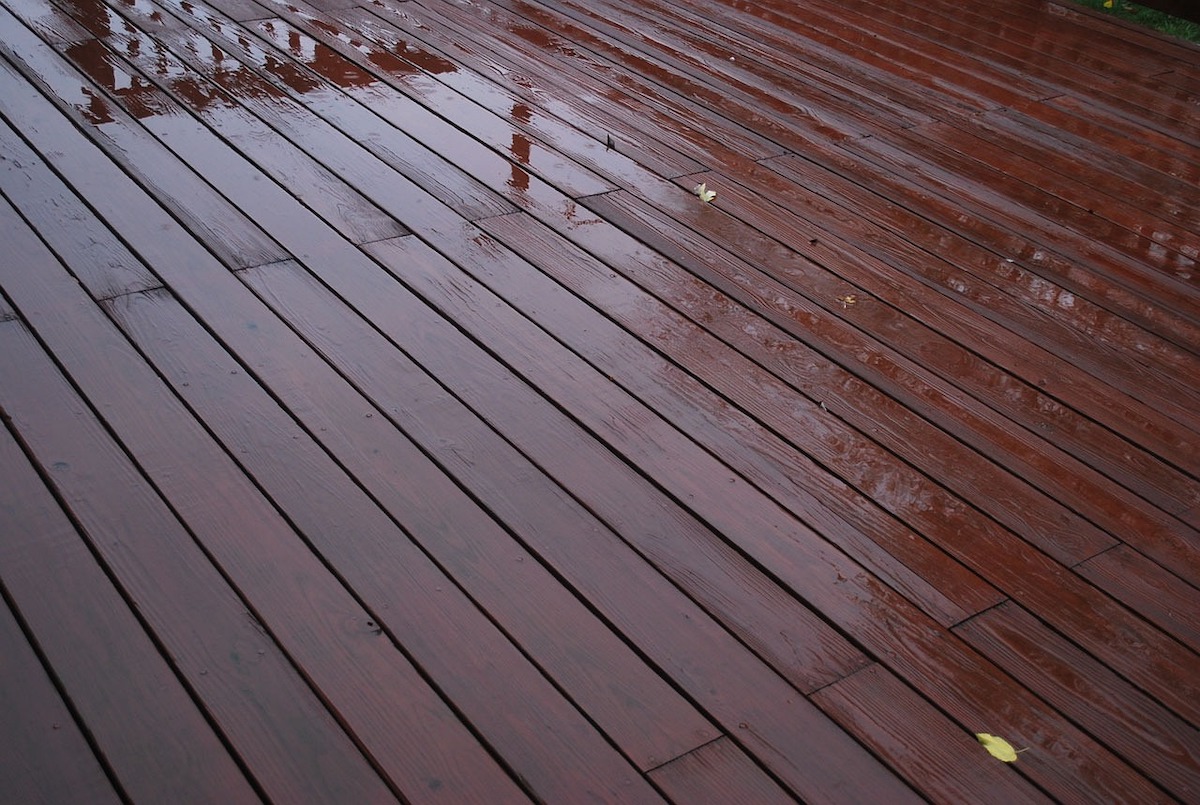
Weather conditions can heavily impact the lifespan of your deck.
Composite, Concrete or Timber Decking Materials – Which Option is Better?
There are three major types of decking materials typically used in a deck build: composite, timber and concrete.
Composite decking
- Details: Composite decking, otherwise known as composite lumber or eco-decking, is a recycled plastic and wood fibre blend that has a timber-like finish. It is a popular option that is tidy, durable, and has lower maintenance requirements. It can be environmentally sustainable and creates a seamless finish that is known to be longer lasting than natural timber.
- Types: ModWood, Futurewood, Ekologix, TimberTech, Permadeck to name a few.
- Costs: Approx. $120m2 to $200m2.
Timber decking
-
Details:
The most desirable type of timber decking is hardwood, however softwood is typically more cost effective and the difference is in the density. Hardwoods have a slower growth rate (than softwood), and are therefore usually more dense, which is why they’re known to be more durable. No matter the type, all timber decks require regular maintenance and will last for years when correctly maintained. Links to deforestation makes some timbers a less environmentally sustainable option.
- Types: Hardwood (kwila, garapa, vitex) and Softwood (New Zealand-grown pine and macrocarpa) are the most commonly found decking materials in New Zealand.
- Costs: Approx. $80m2 to $155m2 (Hardwood), approx. $30m2 to $65m2 (Softwood).
Concrete (aka patio)
-
Details:
A less popular alternative is concrete or concrete tiling, which offers a durable and weather-resistant finish, and doesn’t splinter or warp. These options are typically more costly, but are hard-wearing and tidy so may require less maintenance in the long run.
- Types: Stone pavers, concrete pavers, ceramic pavers, cement, fibre cement decking.
-
Costs:
Approx. $120m2 to $450m2.
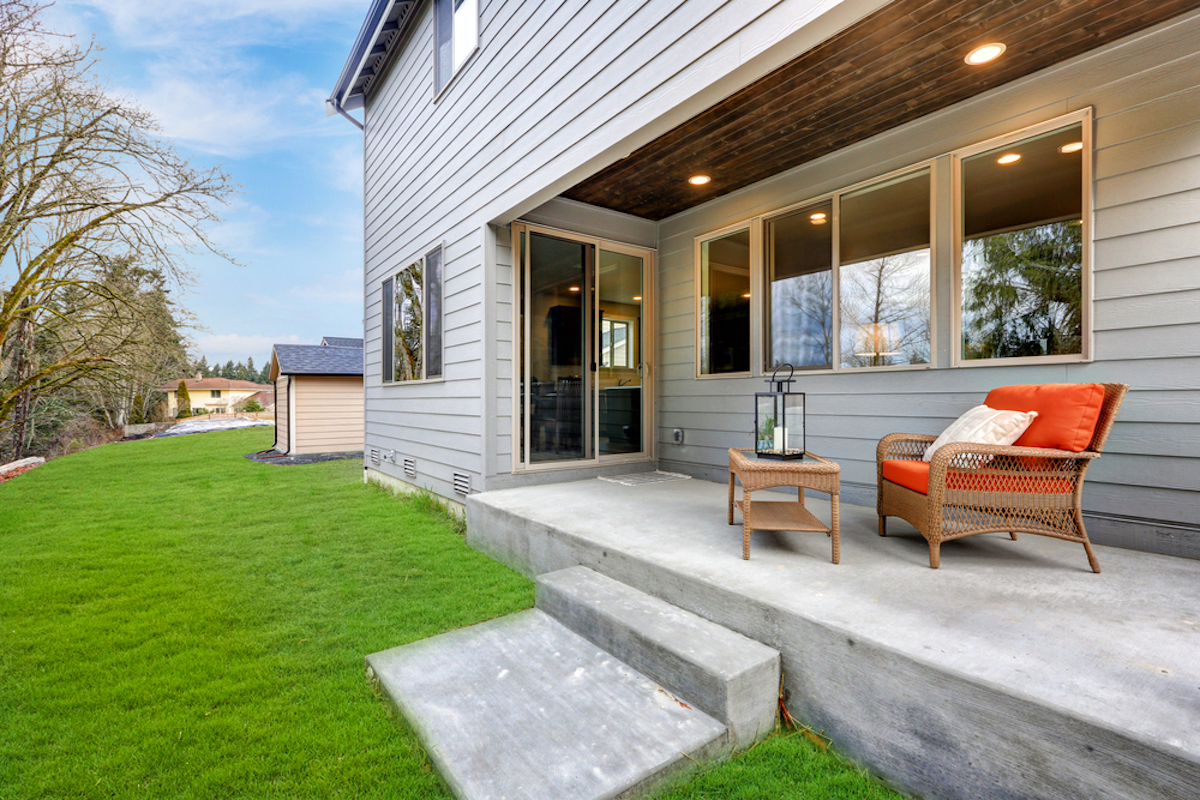
Concrete (in the form of a deck) is an alternative that is durable and long lasting.
Pros and Cons of Decking Materials
| Composite |
|---|
| Timber |
|---|
| Concrete |
|---|
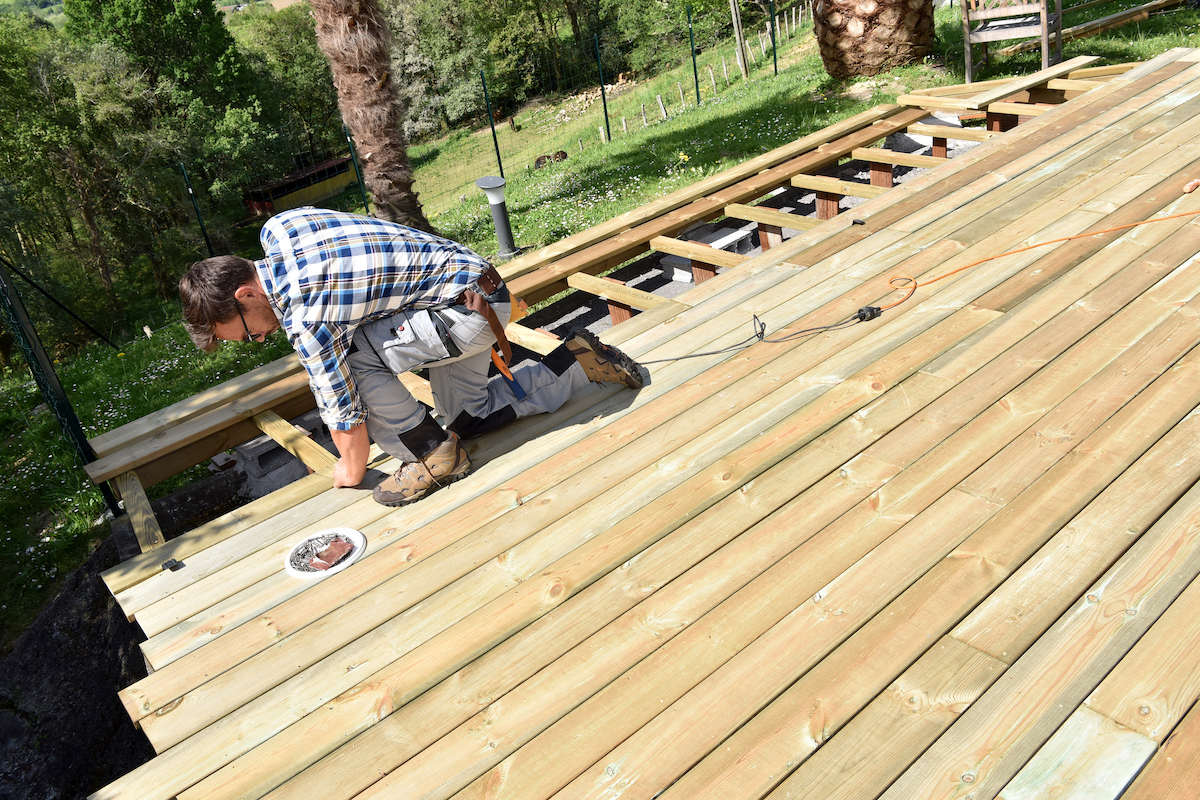
An expert can give you advice on how to maintain your deck.
Expert Advice on Decking Preparation and Materials
We asked three BC tradespeople to share their advice for homeowners looking to add a deck to their home.
Advice on preparations
Alexander, a building expert of 15 years, shares his professional insight on three key things to consider when planning your deck project.
“First off, you should always check for council consent for anything with a height over 1.5 metres,” Alexander says.
“It’s also important to check the surface area which you’re building on for any slopes, uneven patches, drainage or other existing elements.
“The working conditions should be dry, because the time taken to build in wet weather is longer and requires more visits.”
Advice on composite decking
Russell of Onsite Construction Ltd has built decks with composite, hardwood and softwood, and says each type serves a different market.
“The Ministry of Education chose composite for their decking project outside their classrooms, and there were a few layers to their choice,” Russell says.
He explains environmental considerations initially steered them towards composite, and child-friendly features such as no visible fixings or splintering played a large part in their decision making.
“Personally I think composite is a great product, but it’s better suited for commercial areas as it needs room for expansion and contraction which means larger gaps; and the average homeowner goes for a neater look to match their house.”
Advice on hardwood decking
Russell had a homeowner last year who specified they would like Garapa timber, and fortunately the client had done their research as the timber requires a pre-seal on all four sides before assembling.
“The homeowners liked the colour of the timber, it was good to work with, had a really nice finish, and they were aware of the care needed to maintain their deck,” Russell says.
While there is demand for various timber imports, kwila still remains a Kiwi favourite.
“Majority of people want their decks built with kwila, but there are drawbacks; I’ve got a kwila deck at home, and when the purple tannins leeched onto the concrete, the wife wasn’t happy,” Russell laughs.
He mentioned it had been under a year since he used a water-based sealer, and will most likely water blast it off to re-do it with an oil-based sealer for a better finish.
Advice on softwood decking
Matthew Taylor of G&M Building Services says when it comes to kwila or pine, he would choose pine all the way.
“Pine is cheaper than kwila, and it’s easier to work with,” Matthew says.
He mentioned clients are opting for local pine due to the lower cost of materials, and they are willing to pay for repairs after the product starts to wane.
“After a good water blast and a quality stain, it looks brand new.”
Costs of Repairing and Building a Deck
We spoke to Alexander about the hidden costs of a deck build.
“Builders don’t typically include staining and painting, so it’s good to ask if this is included,” Alexander says.
“If the deck is rotten, it is likely other components of your deck have been impacted too, so keep this in mind when getting quotes to repair your deck.”
A decking professional can help with all aspects of your project:
- Repairs: They can inspect decking components for rotting or damage (i.e., piles, joists, bearers, railings, stairs and boards underfoot)
- New build: They can ensure the quality of your deck by choosing the best materials and installation method for your home
- Maintenance: They can educate you on how to maintain each component of your deck.
Check out our Cost Estimator for ballpark estimates on a deck build or removal.
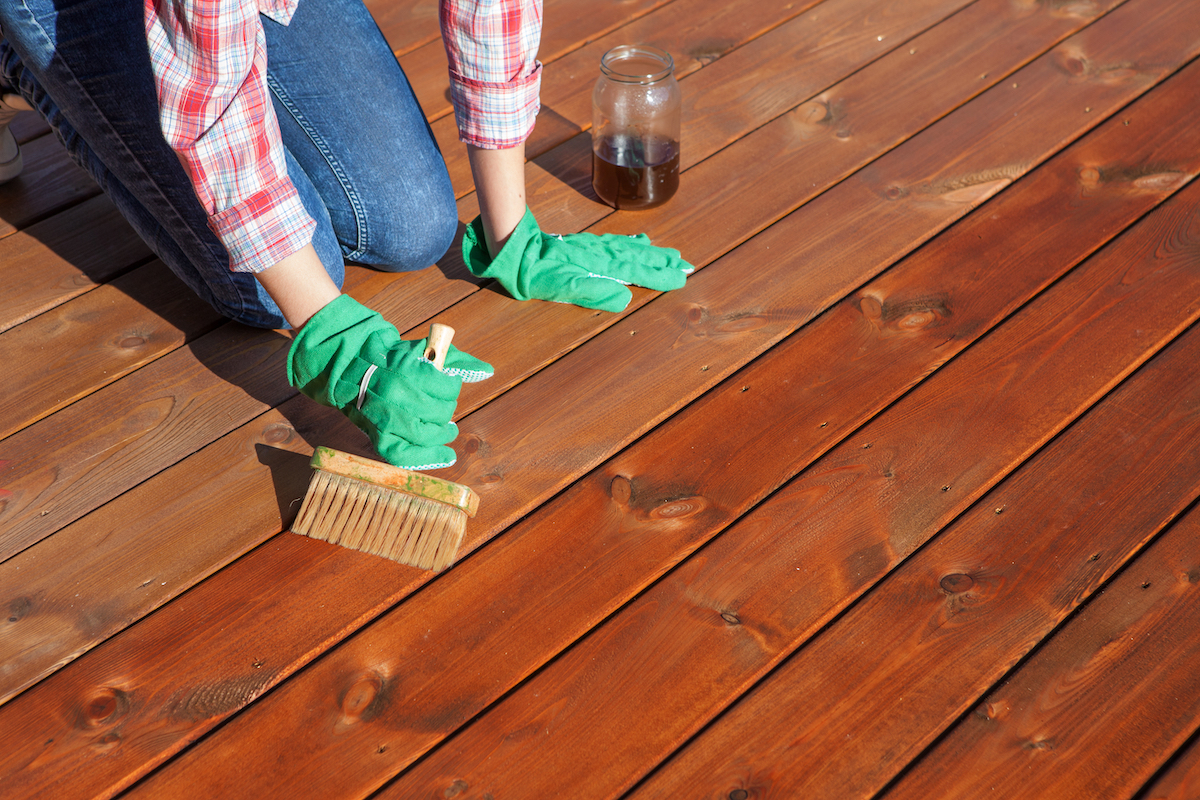
Oiling and staining helps to prolong the lifespan of your deck.
Finishing Touches: “Should I Oil or Stain My Deck?”
The short answer: it depends on what look you want to achieve. A stain changes the timber colour, meanwhile oil enhances the current colour. It’s a similar story for finishing and maintaining concrete or pavers.
The rule of thumb is to maintain your deck yearly or more to protect it from external elements like weathering, temperate changes, debris and foot traffic.
Here’s a quick rundown of some common maintenance options:
Oiling your deck
Oiling provides a protective layer to your deck by penetrating the wood, keeping it healthy by locking out moisture. This is an easy and durable way to keep water and dirt from degrading your deck.
You can’t typically stain or paint over deck oil so you’ll want to be certain you’re happy with the finish by testing on a sample piece of timber first.
Staining your deck
Staining weatherproofs your deck, adds pigment and prevents discoloration and rotting. It provides a durable and clean look that can be versatile with colours.
A transparent protective coat or sealer locks in the natural finish of the wood and locks out any moisture – this is suitable for both composite and timber decking.
For concrete patios, a solvent or water-based acrylic will help protect from moisture and sunlight.
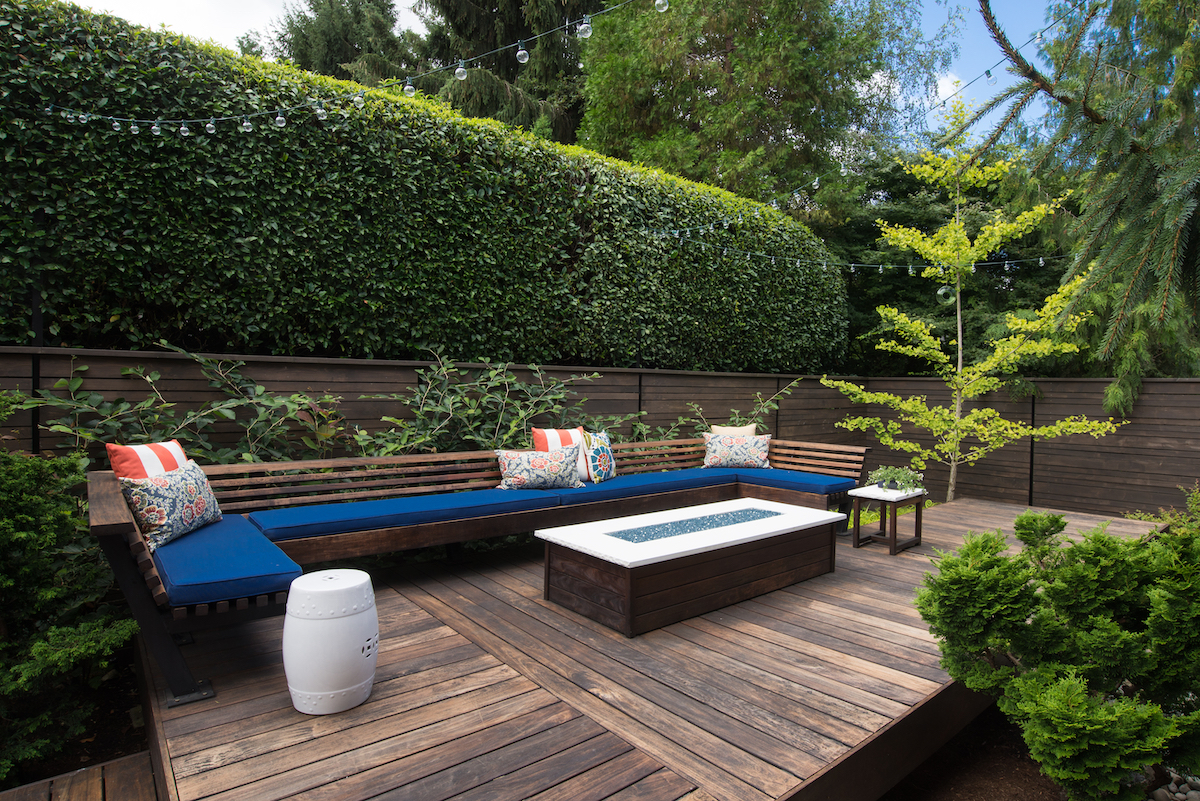
For some, deck maintenance is a pre-summer rite of passage, and for others it’s a burden.
3 Important Questions to Ask When Deciding on Decking Materials
To wrap up, here’s arguably the three most important questions to ask your tradesperson or supplier when deciding on which decking material to choose.
And finally, a big thank you to our BC tradespeople for contributing to this Project Advice piece!

